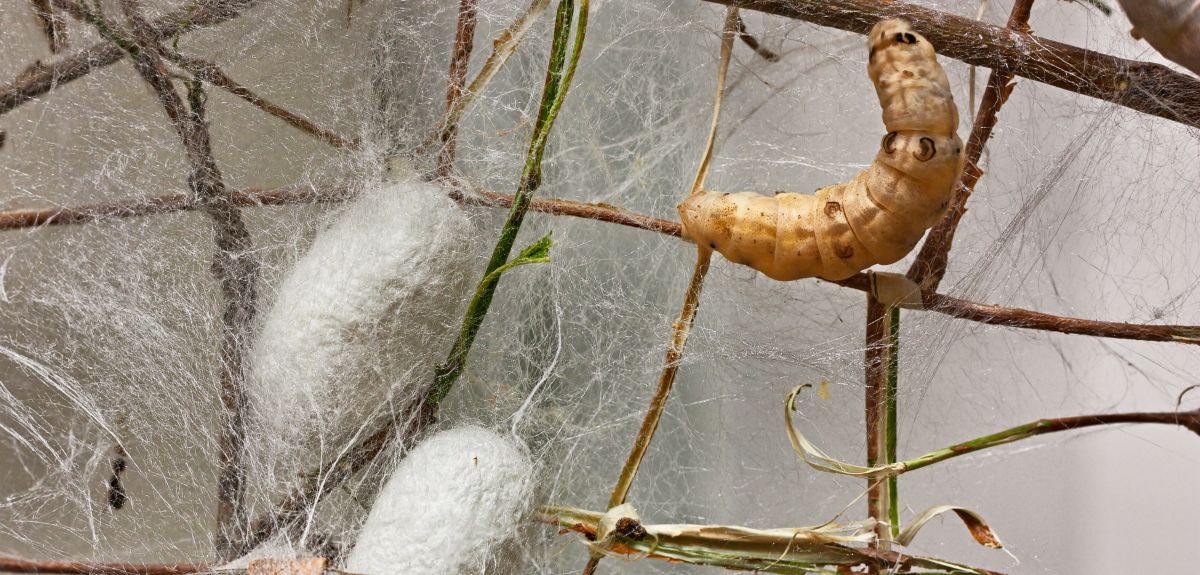Silk is a luxurious fabric that has been used for centuries to create beautiful clothing, bedding and other items. But have you ever wondered where silk comes from and how it's made? Many people believe that silk is made from worms, but is this really true? In this article, we'll explore the process of silk production and find out if silk is really made from worms.
What is Silk?

Silk is a natural protein fiber that is produced by certain insects and spiders. The most common source of silk is the domesticated silkworm, which is the larva of the silk moth. Silk is prized for its softness, luster, and durability, and has been used for thousands of years to create luxurious fabrics.
How is Silk Made?

The process of silk production begins with the silkworm. The female silk moth lays eggs, which hatch into caterpillars called silkworms. The silkworms are fed a special diet of mulberry leaves and are allowed to grow for several weeks. Once they reach a certain size, the silkworms begin to spin a cocoon around themselves using silk threads that they produce from special glands in their bodies.

After about two weeks, the silkworms have finished spinning their cocoons and begin to transform into moths. However, in order to harvest the silk, the cocoons must be unraveled before the moths emerge. This is usually done by boiling the cocoons in water, which kills the silkworms and loosens the silk fibers. The fibers from several cocoons are then carefully unwound and twisted together to create a single, continuous thread of silk.
Is Silk Made From Worms?

So, is silk made from worms? The answer is yes and no. Silk is made from the silk fibers that are produced by silkworms, but the silkworms themselves are not actually used to make the fabric. The silkworms are killed during the process of harvesting the silk, so they do not play a direct role in the creation of the fabric.
Why is Silk So Expensive?

Silk is one of the most expensive fabrics in the world, and for good reason. The process of producing silk is incredibly labor-intensive, and it takes thousands of cocoons to create just one pound of silk. In addition, the quality of the silk depends on a variety of factors, including the quality of the cocoons, the skill of the workers who unravel the silk, and the conditions in which the silk is produced. All of these factors contribute to the high cost of silk.
Types of Silk

There are many different types of silk, each with its own unique characteristics and uses. Some of the most common types of silk include:
- Mulberry silk
- Tussah silk
- Eri silk
- Muga silk
- Spider silk
Each type of silk has its own unique properties and is used for different applications. For example, spider silk is incredibly strong and is being studied for use in materials like bulletproof vests, while mulberry silk is prized for its softness and is commonly used in clothing and bedding.
Conclusion
Silk is a beautiful and luxurious fabric that has been prized for thousands of years. While it is made from the silk fibers that are produced by silkworms, the silkworms themselves are not used to make the fabric. Instead, the cocoons are harvested and the silk fibers are carefully unraveled and twisted together to create the silky fabric that we all know and love. Whether you're wearing a silk dress or sleeping on silk sheets, you can be sure that you're experiencing the ultimate in luxury and comfort.